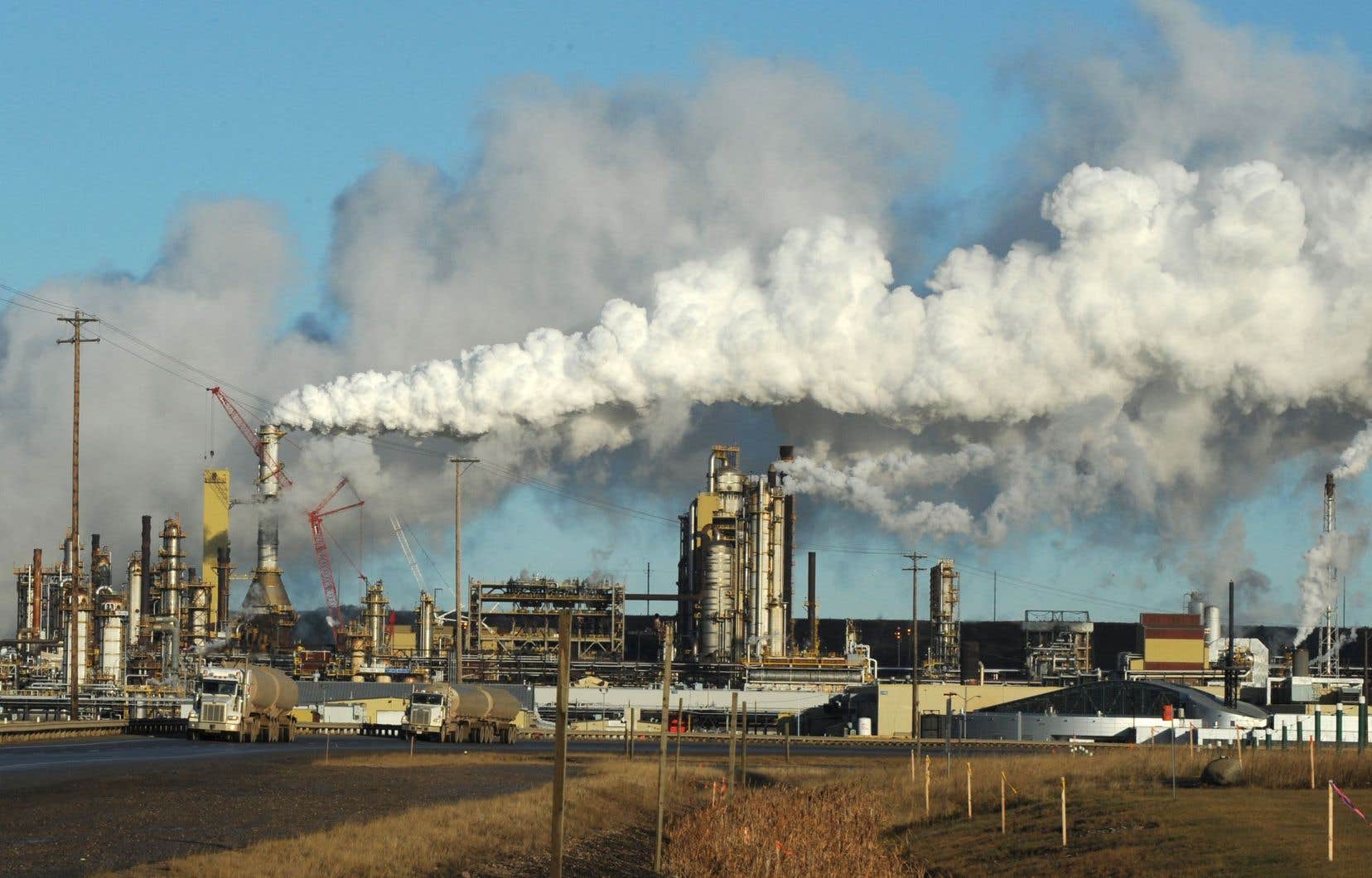A few weeks after the end of a global climate conference (COP28) which concluded with an agreement for a “transition” away from fossil fuels, the Canadian oil industry is planning a further increase in investments in production, increase which is stimulated by the end of the construction of new infrastructure intended to facilitate the export of oil and natural gas.
According to data released Tuesday by the Canadian Association of Petroleum Producers (CAPP), capital spending in the “upstream” oil and gas sector will reach $40.6 billion in 2024, an increase from at an estimated investment of $39 billion for 2023.
Unsurprisingly, the majority of investment is concentrated in Alberta, with $29 billion, including $13.3 billion in oil sands development.
CAPP also forecasts a “slight increase” in British Columbia, mainly due to fracking gas production that will be used to feed the new LNG Canada liquefaction complex with gas that will be transported by the Coastal Gaslink pipeline. This entire project “is heading towards its commissioning and start-up phase”, specifies the organization representing the fossil fuel industry.
The federal Minister of the Environment, Steven Guilbeault, also approved in March 2023 a floating plant project which will produce three million tonnes of liquefied natural gas each year in the Kitimat region, in British Columbia. The project will be powered by Coastal Gaslink.
Off the coast of Newfoundland and Labrador, spending of two billion dollars is anticipated this year, while “the potential for growth and increased exports remains considerable” for the marine oil industry. In addition to the Bay du Nord project, approved by the Trudeau government, additional calls for tenders are planned by 2029 to grant new exploration permits.
Oil in the marine environment
“There is room for cautious optimism with current Canadian oil production at record levels ahead of the completion of the Trans Mountain expansion project in the second quarter. We are also moving closer to the completion of Canada’s first globally significant liquefied natural gas export facility in British Columbia, planned for 2025,” summarizes CAPP President and CEO Lisa Baiton .
“While this month of February is on track to break an unprecedented number of heat records, Canadian oil companies are showing us once again that they do not take their responsibility in the climate crisis seriously and continue to put pressure on “fuel to the fire,” lamented Salomé Sané, climate campaign manager at Greenpeace Canada, on Tuesday.
“Instead of putting billions into projects that will worsen the climate crisis, this money should be invested in the transition to clean energy and redistributed to communities on the front lines facing the impacts of climate change,” she added.
Emissions cap
“Despite these positive trends, there is still a sense of caution, largely due to continued uncertainty surrounding Canada’s proposed emissions policy, which continues to be an important factor in investment decisions” , underlines Mme Baiton.
The Trudeau government announced at the end of 2023 that a cap on greenhouse gas (GHG) emissions would be imposed on the oil and gas industry, but not before 2030. The federal plan also provides for “flexibility” necessary to enable companies to increase production, particularly in the oil sands sector. This production could be around 5.2 million barrels per day in 2030, or nearly 1.9 billion per year, including approximately 1.3 billion barrels from the tar sands.
The objective is nevertheless to reduce emissions to 106 million tonnes (Mt), or even 112 Mt in 2030, which is equivalent to a decline of 16% to 20% compared to the 2005 level. For comparison, Canada has set a national GHG emissions reduction target of 40% by 2030 compared to 2005.
According to the most recent official report of Canada’s GHG emissions, that of 2021, emissions attributable solely to the extraction of fossil fuels increased, reaching 103 Mt. Data published in September by the Climate Institute of Canada indicate that the growth of GHGs in the sector would have continued in 2022.
” Energetic transition
Since 2005, the reference year used by the federal government for its plan to combat the climate crisis, emissions from the exploitation of fossil fuels in the country have increased by more than 40 million tonnes. This situation is explained by “an increase of 215%” in oil sands production, according to the 2021 GHG report.
Canada is the world’s fourth largest exporter of crude oil. According to data from the International Energy Agency, global demand is expected to reach around 103 million barrels per day in 2024. The appetite for liquefied natural gas, which can be exported by LNG tankers, is also growing in the world.
As part of COP28, States made a non-binding commitment to “make a transition away from fossil fuels” which is consistent with the most ambitious objective of the Paris Agreement, namely limiting global warming to a minimum. maximum of 1.5°C compared to the pre-industrial era.
A report published just before COP28 by the International Energy Agency warned that in addition to eliminating the still widely used coal, the use of oil and gas should be reduced by at least 75% by 25 years to hope to limit warming to the viable threshold of 1.5°C.
